This article was co-authored by Trudi Griffin, LPC, MS. Trudi Griffin is a Licensed Professional Counselor in Wisconsin specializing in Addictions and Mental Health. She provides therapy to people who struggle with addictions, mental health, and trauma in community health settings and private practice. She received her MS in Clinical Mental Health Counseling from Marquette University in 2011.
This article has been viewed 85,400 times.
Do you want to relieve stress, improve your breathing, and clear your mind? If so, you’re in the right place. “Vipassana,” which translates to “special seeing,” is the oldest form of Buddhist meditation and it’s a breeze once you get the basic posture and breathing pattern down. It can be used to dissolve problems, clear the mind, and counter issues someone may have. In this article, we’ll show you how to craft the right environment and focus your energy so that you can find a truer, deeper meaning of life!
Steps
Preparing for Insight Meditation
-
1Set aside a specific time. While insight meditation is about embracing that which is happening right now, and being openly aware of what draws your attention, meditation in general is less effective when it’s surrounded by distraction or obligation. An ideal time is before you have to do anything in the morning, when you first wake up. Start the process with a dedicated stretch of time – 15 minutes is a good starting point – to practice. [1]
-
2Find a quiet location to meditate. Suggestions from the Buddha are under a tree in the forest or a very quiet, isolated location. The key is to be somewhere you can be completely comfortable and away from as many distractions as possible.[2]
- Being in a room alone may do the trick, but beware of sounds from adjacent rooms or from outside.
- A light, open room with plenty of space can aid in the meditation process, and an unkempt room can harm the process.[3]
- Do not try to soundproof the location. Having some exterior sounds can actually aid the process.[4]
Advertisement -
3Sit in a comfortable position. Cross your legs and sit in an erect posture at roughly a 90 degree angle. Sitting for long periods with a curved back could cause pain or fatigue and distract you from the meditation process. An additional benefit is the core muscle focus required to sit straight for an extended period of time.[5]
- If you have back issues, and a normal, crossed-leg position is uncomfortable, then using a chair may help you to get into the correct posture.
- To put your body at peace, you may have to sit for a long period of time. Ensure the position is one you can sit comfortably in for quite some time.
- Various meditation positions such as Half or Full lotus are also acceptable.[6]
-
4Close your eyes. Once you sit down and find your comfortable position, close your eyes and start relaxing. Closing your eyes will help you to reduce distractions and allow yourself to completely focus on mediation.[7]
Focusing on Breathing
-
1Start breathing normally. You do not have to change the way that you breathe. Just breathe naturally and think about the pathway of the breath moving from the nostrils, down your chest, filling your lungs and abdomen.[8]
-
2Focus on a portion of the breathing. Focusing on a specific part of your respiratory system, like your nostrils, lungs, or diaphragm, will help your mind to stay focused. It sharpens your attention.[9]
- It’s possible to become somewhat sleepy when you are really focusing on breathing. Refocus your attention to the breathing, letting your mind and concentration take control.
-
3Find a beginning, middle, and an end to the breathing. Awareness of the different sensations during the breathing process, how the chest and abdomen rise and lower, should be continuous. Do not segment the breathing just so you can identify each part or each muscle movement. Instead, just breathe deeply and identify when each part is happening.
-
4Visualize the abdomen rising and falling. Do not focus on the muscles or the abdomen itself. Think about the movement on the outside of the abdomen. Imagine the movement going forward and backward, as if there were a general line at the starting and ending point.
- Think of this process as a buoy’s movement in the water. When focusing on a buoy, you notice the movement of the buoy. It floats up and down, and you hardly notice the actual water forcing the movement.[12]
Overcoming Distractions While Meditating
-
1Focus briefly on distractions. Whenever there is an outside noise, any sort of disturbance, you should consciously and immediately focus awareness towards that sound. Just as you labeled the rising and falling of the abdomen, label the exterior sound in your mind.[13]
-
2Set meditation minimums. If your mind is playing tricks on you, or convincing you to stop, you may need to set a specific limit or focus. Avoid the internal distraction by telling yourself to meditate for just one minute per day without distraction. Or try to focus solely on a single rise or fall of the abdomen. Repeat the process until you’re in a natural rhythm and can expand into longer periods of meditation.[14]
-
3Return to breathing. Once the disturbance is noted and labeled, and your meditation is focused, return to breathing. It’s possible for the meditation process to bounce back and forth from distraction to breathing fairly regularly. Remain undistracted by living in the current moment, embracing interaction, and allowing a connection between breathing and the outside world to occur naturally.
- The process can be free of thought, just allowing the mind to focus on the surroundings. If you’re distracted, refocus on your breathing until you can establish a calm understanding of smaller sounds around you.
References
- ↑ http://www.budsas.org/ebud/ebmed012.htm
- ↑ http://www.lionsroar.com/how-to-practice-vipassana-insight-meditation/
- ↑ http://www.budsas.org/ebud/ebmed012.htm
- ↑ http://www.vipassanadhura.com/howto.htm
- ↑ http://www.lionsroar.com/how-to-practice-vipassana-insight-meditation/
- ↑ http://www.vipassanadhura.com/howto.htm
- ↑ https://themorningeffect.com/closed-eye-vs-open-eye-meditation/
- ↑ http://www.lionsroar.com/how-to-practice-vipassana-insight-meditation/
- ↑ http://www.budsas.org/ebud/ebmed012.htm
About This Article
Insight meditation, also known as “Vipassana”, is a form of mindfulness that can help you be more present in life. Start by setting a timer for 10 to 15 minutes, sitting comfortably, and closing your eyes. Then, focus on your breath wherever you feel it most clearly, like your nostrils, lungs, or diaphragm. Whenever another sense catches your attention, like a sound, smell, bodily sensation, or thought, just label it and gently return to your breath. For example, if a car goes past, label it as a sound, then come back to your breathing. This simple method will help you recognize how your mind works. It’s natural to get frustrated or to feel like you’re doing something wrong in the beginning, but be patient with yourself and enjoy the sense of calm. For more tips from our co-author, including how to focus your attention more clearly on your breath, read on!
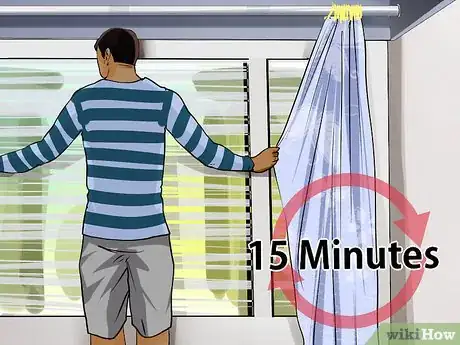
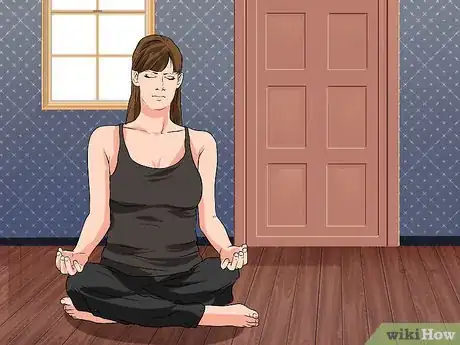
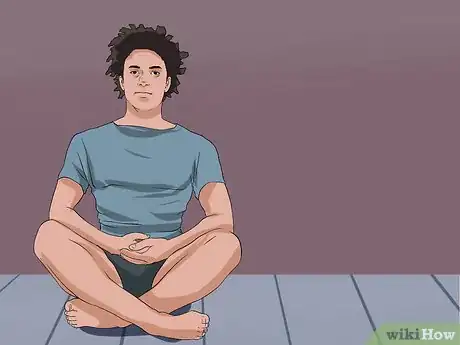

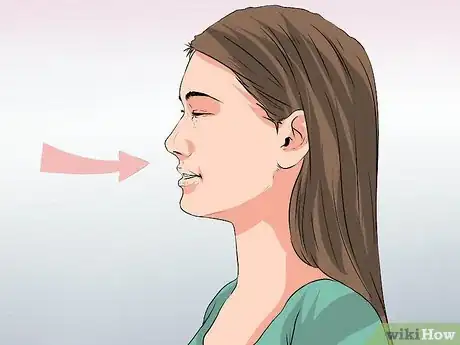

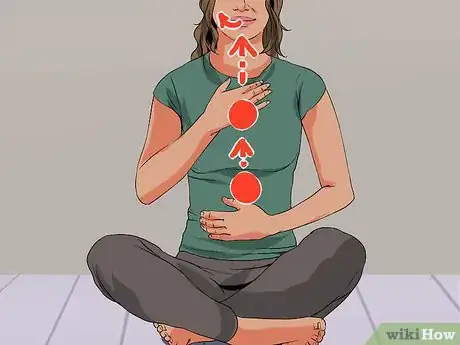
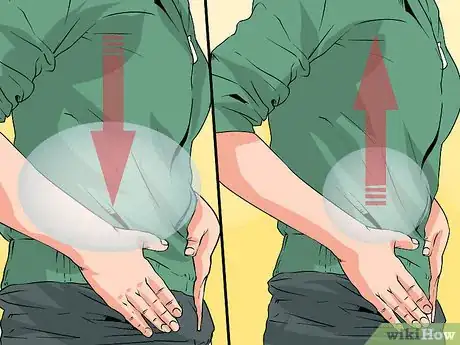
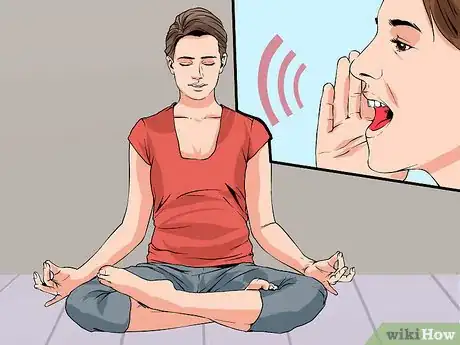
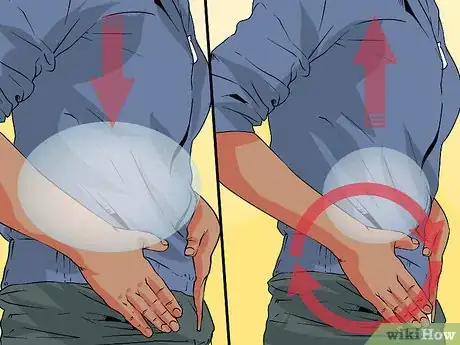
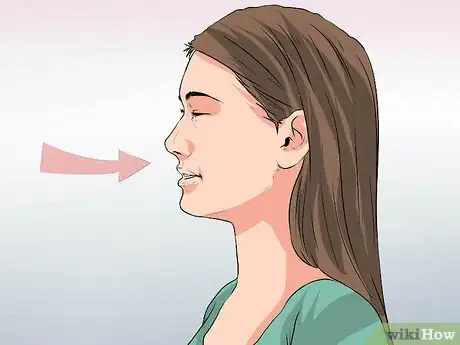




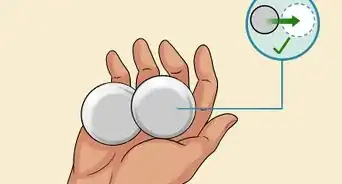







-Step-7-Version-2.webp)














































